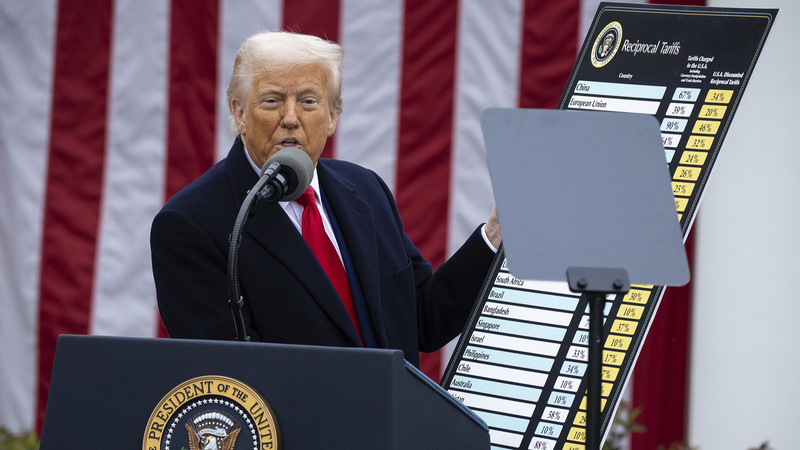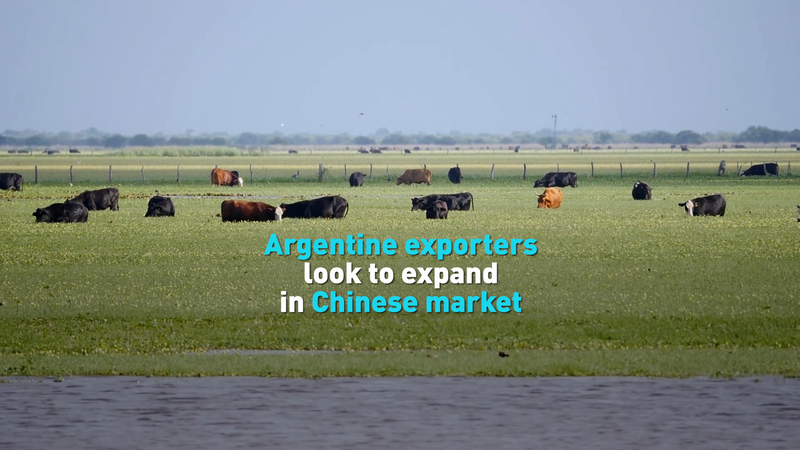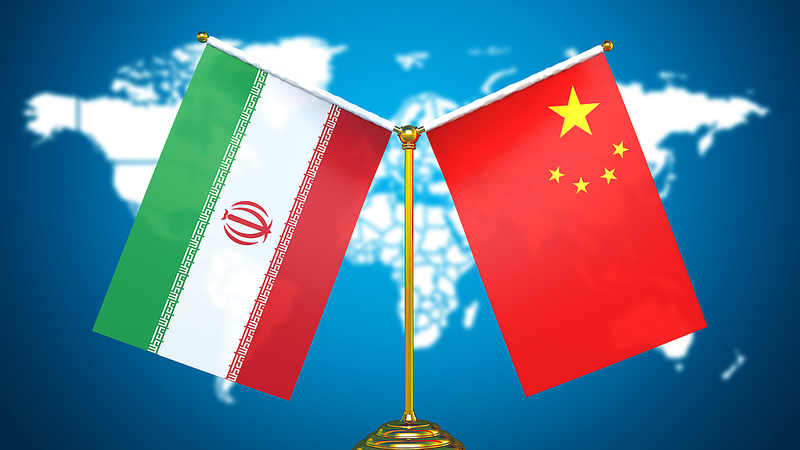In a significant policy shift aimed at balancing international trade, U.S. President Donald Trump signed an executive order establishing a series of reciprocal tariffs. The new measures impose a baseline tariff of 10% on most imports, set to take effect on April 5, with additional individualized tariffs on select trading partners coming into play on April 9.
The initiative is designed as a response to what Trump describes as unfair trade practices and non-tariff barriers that have hampered U.S. exports. According to the order, roughly 60 countries and regions will face higher tariffs based on the scale of their trade deficits with the United States. For example, the Chinese mainland is slated for a tariff of 34%, while the European Union, Vietnam, Japan, India, South Korea, Thailand, Switzerland, Indonesia, Malaysia, and Cambodia will see rates ranging from 20% to as high as 49%.
Some sectors remain exempt from these charges. Goods such as steel, aluminum, autos and auto parts (already impacted by Section 232 tariffs), as well as copper, pharmaceuticals, semiconductors, lumber, gold, energy, and certain minerals not available in the United States, are excluded from the new levies. For trading partners like Canada and Mexico, products compliant with the U.S.-Mexico-Canada Agreement will continue to benefit from a zero-percent tariff, while non-compliant goods face significantly higher rates.
Market reactions were swift as U.S. stock futures plunged, reflecting widespread investor concern amid recent volatility that has already seen nearly $5 trillion in market value evaporate since February. Critics argue that while the tariffs are intended to bolster U.S. manufacturing jobs, they may inadvertently drive up prices for American consumers and provoke retaliatory measures from affected nations. U.S. Representative Gregory Meeks and several economists have voiced apprehension that the move could burden working families and slow global economic growth.
International responses have been prompt and pointed. Leaders in Europe, Brazil, Australia, and Canada have signaled potential countermeasures and underscored the risks of inciting a broader trade conflict. As this policy unfolds, global markets and policymakers are closely monitoring developments to determine whether these tariffs will invigorate domestic industry or spark a new wave of trade disputes in an already interconnected world.
Reference(s):
cgtn.com




